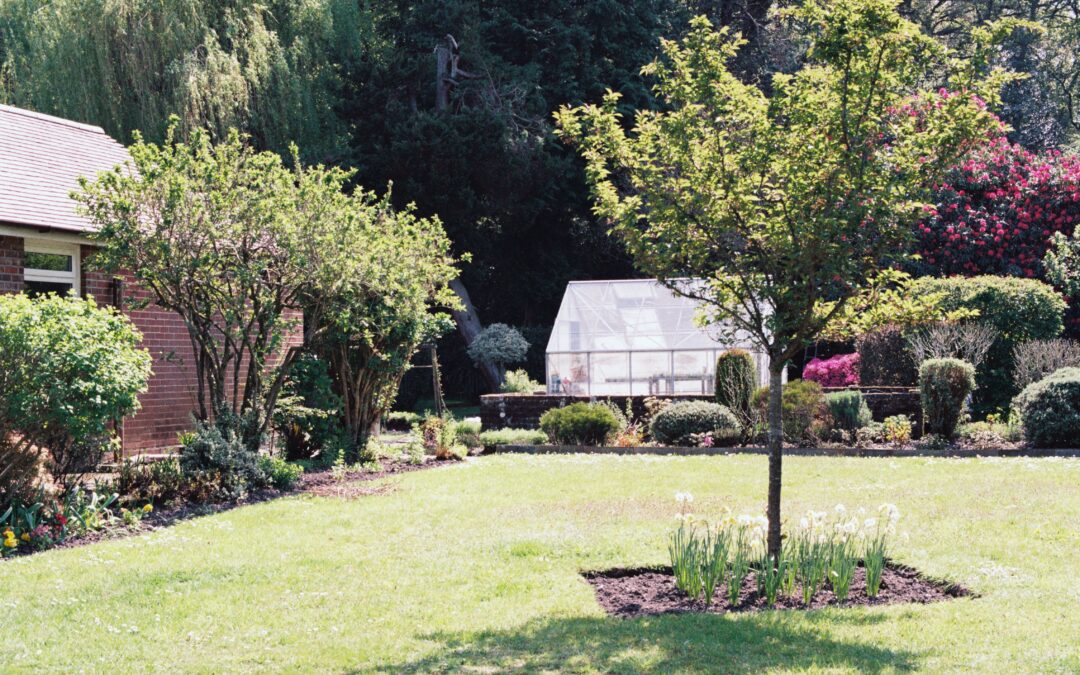Do You Need Deep Root Fertilization?
So, what is deep root fertilization? It’s pumping water and specialized fertilizer below the surface around a plant’s root zone. Did you know regular fertilization of trees and shrubs is essential to overall plant health? Proper fertilization can minimize or even prevent many problems that threaten trees and shrub health. It’s easier to sustain healthy plants than revive ailing plants.
Using a specialized injection system, deep root delivers nutrients directly to a plant’s root zone. Unlike surface fertilization, which relies on surface absorption, this process ensures the nutrients reach the roots.
The Benefits of Deep Root Fertilization
Enhanced Nutrient Absorption
By targeting the root zone, deep root fertilization enables plants to absorb essential nutrients more efficiently. This method bypasses potential nutrient losses due to runoff or evaporation, ensuring that plants benefit completely from fertilizers.
Improved Soil Health
Deep root fertilization not only benefits the plants, but also promotes overall soil health. The process introduces organic matter and nutrients directly into the soil, stimulating microbial activity and enhancing soil structure. Healthy soil provides better aeration and drainage, creating an ideal environment for root growth.
Stronger Root Development
Deep root fertilization stimulates root growth and development by delivering nutrients directly to the root system. Strong, healthy roots are the foundation of healthy plants, enabling them to better withstand environmental stressors like drought or extreme temperatures.
Long-Term Nutrient Availability
Deep root fertilization releases nutrients slowly over time, providing plants with a steady supply of essential elements. This sustained nutrient release ensures long-term plant health and reduces the frequency of fertilization applications.
Deep Root Fertilization Best Practices
- A slow-release, balanced fertilizer that contains the necessary macro and micronutrients for plant health is best. You might also consider a fertilizer blend for your specific plant species and soil conditions.
- The injection system should reach a soil depth of 8 to 12 inches, ensuring the nutrients reach the feeder roots. Apply the ferilizer evenly throughout the root zone. However, it’s important to avoid damaging the roots.
- After the deep root fertilization process, thoroughly water the treated area. This step helps activate the slow-release properties of the fertilizer and aids in nutrient distribution within the soil. Monitor the plant’s progress and continue regular maintenance practices, such as watering and pruning, to support its overall health.
Deep root fertilization is a powerful technique that can significantly enhance the health and vitality of your plants. Delivering nutrients directly to the root zone promotes root development, nutrient absorption, and long-term plant health.
How Can We Help You?
Berger Hargis has a company philosophy of providing personal excellence for all our services. Our growth and success have been due entirely to our commitment to honest, excellent customer service. The company has been built on the referral business we have received due to this philosophy.
We work with residential customers and businesses in Central Indiana. Contact Us to get a free analysis from one of our Deep Root Fertilization Experts.
About the Author
Randy Clark is a speaker, coach, and author. He publishes a weekly blog at Randy Clark Leadership.com. Randy is passionate about social media, leadership development, and flower gardening. He’s a beer geek, and on weekends he can be found fronting the Rock & Roll band Under the Radar. He’s the proud father of two educators; he has four amazing grandchildren and a wife who dedicates her time to helping others. Randy is the author of the Amazon bestseller The New Manager’s Workbook, a crash course in effective management.
Photo by Annie Spratt on Unsplash
Go Back







